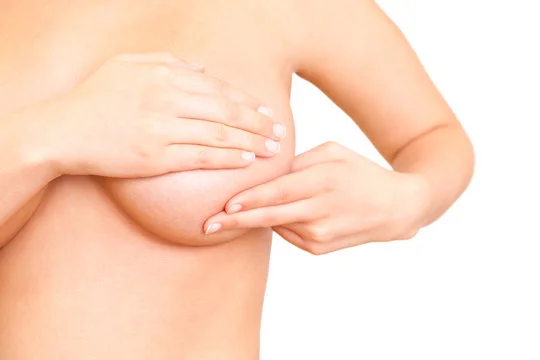Mammaplasty is a procedure used to modify the appearance and shape of breasts. This procedure can change the initial form and texture of the breast, by increasing or reducing the breast size. Mammoplasty surgery usually takes about 2 hours and is done under general anesthesia. For those with certain conditions such as diabetes or heart problems, diseases causing problems in the breasts, and obese people, a mammoplasty surgery is not recommended.
Types of Mammaplasty Procedure
There are two main types of mammaplasty used to modify the shape and size of the breast:
Breast augmentation (augmentation mammaplasty)
Breast augmentation approaches increasing the size of the breast by changing the shape or contour and texture. Some women decide to undergo this procedure because they feel their breasts are small, and some are due to breast changes following pregnancy.
Correcting or modifying asymmetry in the size of the breast is also the reason for this surgery. During this procedure, an incision is made on the armpit (axilla), lower breast fold, or areola where the implants are placed beneath or over the muscle of the chest. Breast implants are silicone shells filled with silicone gel or salt water solution (saline).
Reduction mammaplasty
This surgery is suitable for those with big and heavy breasts that cause significant discomfort. Excessive breast weight can cause back pain, neck pain, numbness, and overall body weakness. During a reduction mammaplasty excess breast skin, tissue, and fat are removed. Although an effective procedure, it may affect breast nerves and cause breastfeeding problems. So it’s advised to postpone the operation until after having your children.

Other types of mammaplasty procedures include:
Breast Reconstruction
This surgical treatment is used to address breast cancer. Women who have undergone a mastectomy may choose this procedure to reconstruct their breasts to their desired volume, contour, and overall appearance. This procedure also involves reconstructing the areola and nipple. If this surgery is done using an implant, it will be resized to match the other breast. The surgeon can also use back muscle or fat and skin muscle extracted from the buttock. This operation carries no effect on the return of cancer.
Breast lifts (mastopexy)
Since the breast skin may not be sturdy or robust enough in some women to withstand the breast weight, the breasts could sag. A breast lift procedure involves adjusting the excess skin by raising the breast. The three main procedures of a breast lift include:
Wise pattern: Creates an incision in an anchor shape around the chest cavity and downwards.
Donut or peri-areolar: Makes an incision around the areola region only.
LeJeour: Makes an incision around the areola downwards.
What to Expect from Mammaplasty Procedure?
A mammoplasty procedure duration may vary based on the type of surgery. As a complex procedure, it involves methods based on the patient’s objectives and needs. A breast augmentation procedure involves:
Administration of anesthesia: Based on the type of surgery, you may need general anesthesia or intravenous sedation.
Creation of the incision: Depending on the size of the implant and the surgeon’s recommendation, an incision alongside the areola, armpit, or fold beneath the breast is made.
Insertion and placement of the implant: After your surgeon helps you choose the implant most suited for you, it can either be inserted beneath the pectoral muscle or directly behind the breast tissues.
Closure of the incisions: After the procedure, your surgeon will close the incision wound with layered sutures in the breast tissues.

Recovery after mammaplasty
Depending on the type of breast surgery, the recovery period varies between patients. Mammaplasty procedure recovery usually takes from 1 to 5 weeks, and sometimes longer. After an augmentation mammaplasty or breast reduction, you can resume work or daily activities after a week. Patients may experience soreness and pain around the breast for the first few days.
Risks of Mammaplasty Procedure
You should keep in mind, as with any surgery, based on the type of operation, mammaplasty carries several risks. Some of the possible dangers during or after the procedure include:
Bleeding on the surgical site
Negative reaction to anesthesia
Infection on the surgical wound
Scarring
Changes in the breast or nipple sensation
Pain around the breast
Rupture or leakage of the implant
The need for a revision surgery
Conclusion
In conclusion, mammaplasty, also known as breast reshaping surgery, encompasses two main types: augmentation mammaplasty and reduction mammaplasty. Augmentation mammaplasty is performed to increase the size, change the shape, and/or alter the texture of the breasts, often involving the surgical implantation of breast implant devices. On the other hand, reduction mammaplasty is performed to reduce the size, change the shape, and/or alter the texture of the breasts, involving the removal of breast tissue. These procedures, while different in their goals, both aim to modify the appearance of the breast to improve the patient’s self-image and quality of life. As with any surgical procedure, it’s important for patients to understand the potential risks and benefits, and to consult with a trained professional to ensure a safe and personalized treatment plan.
Read more: